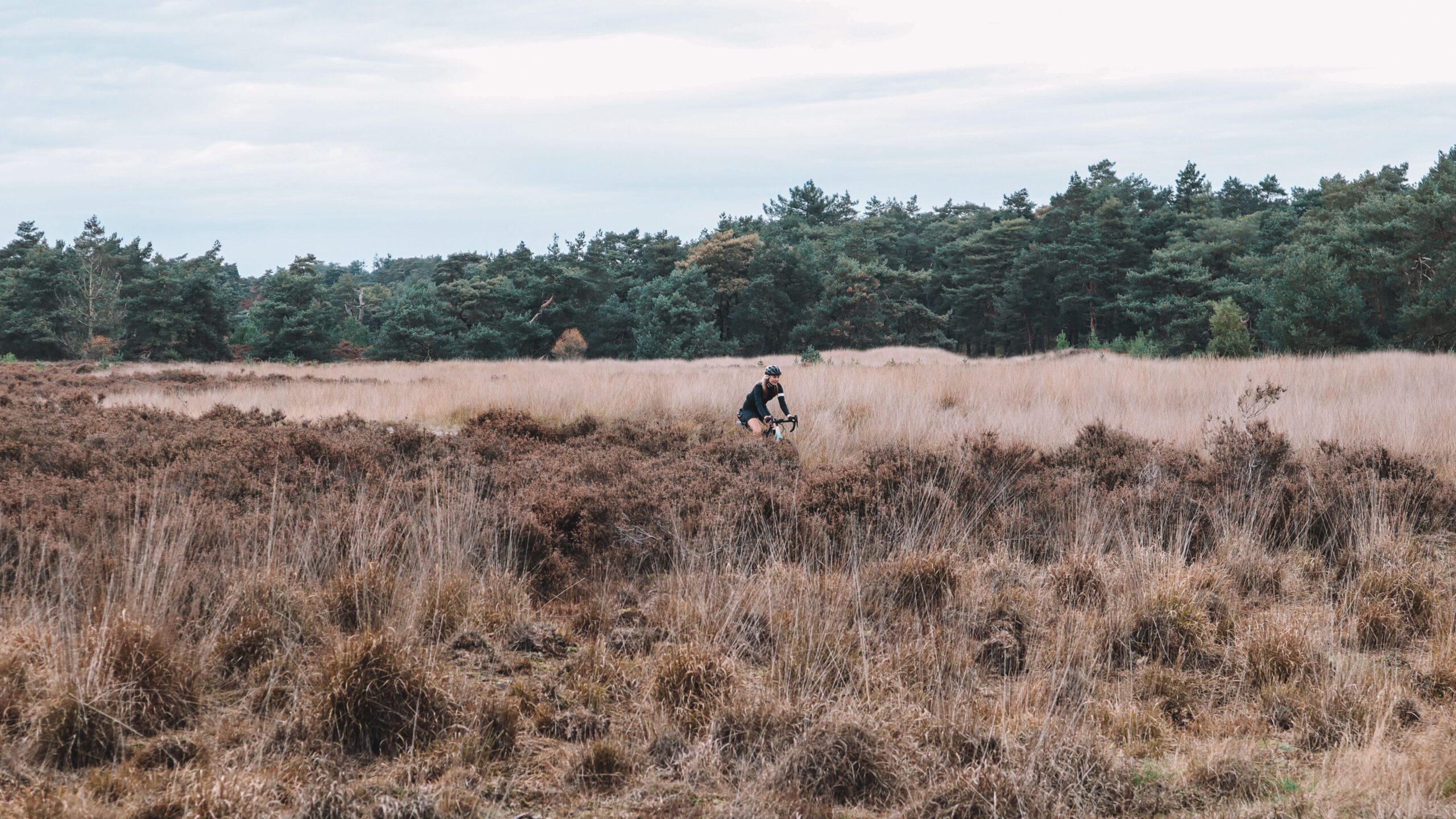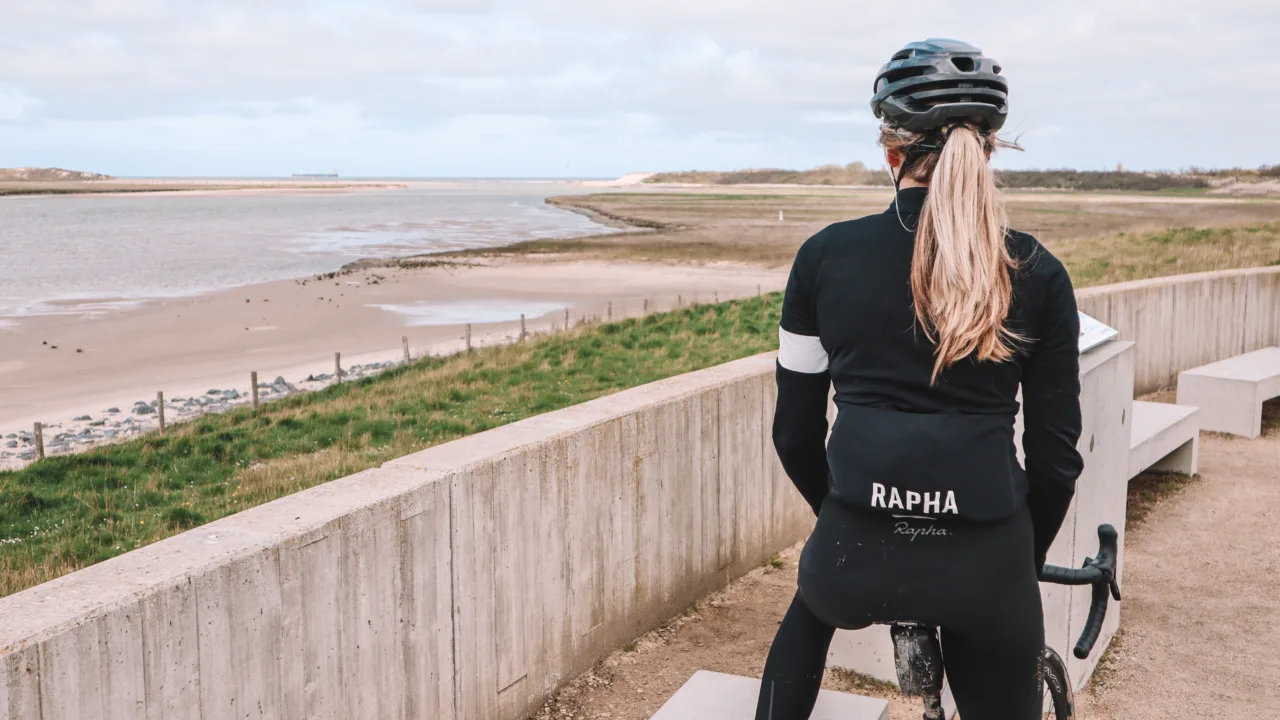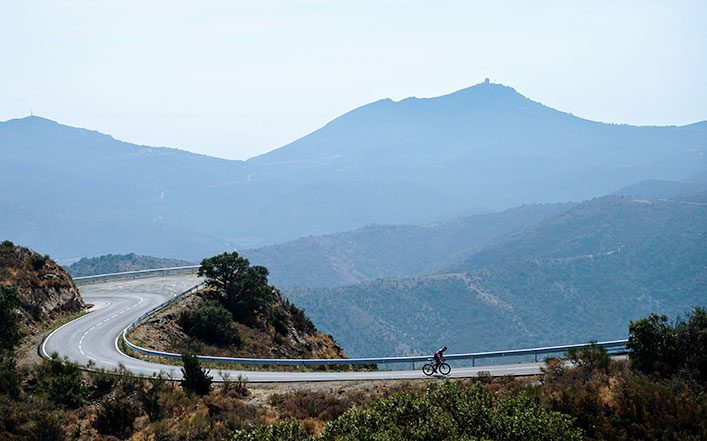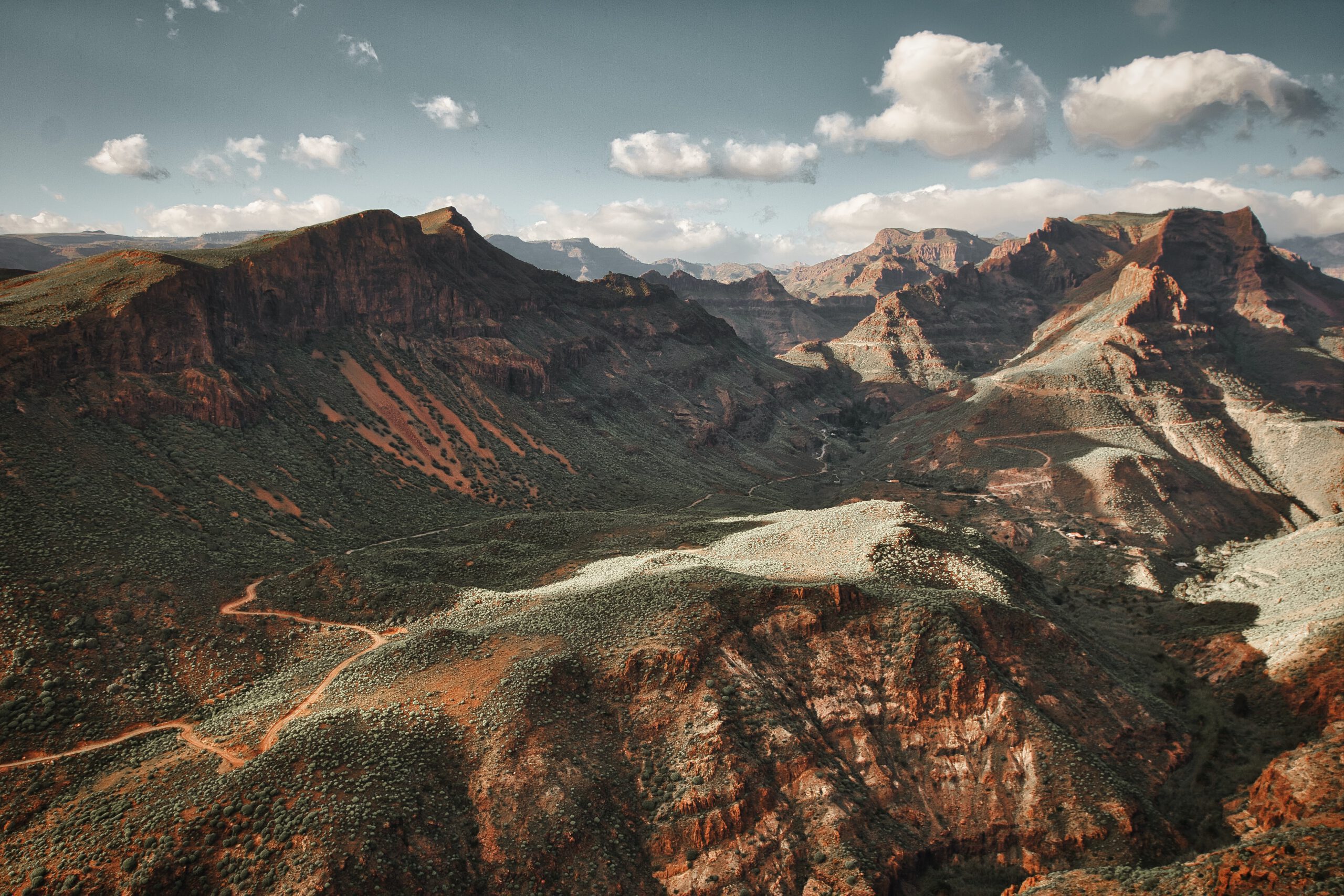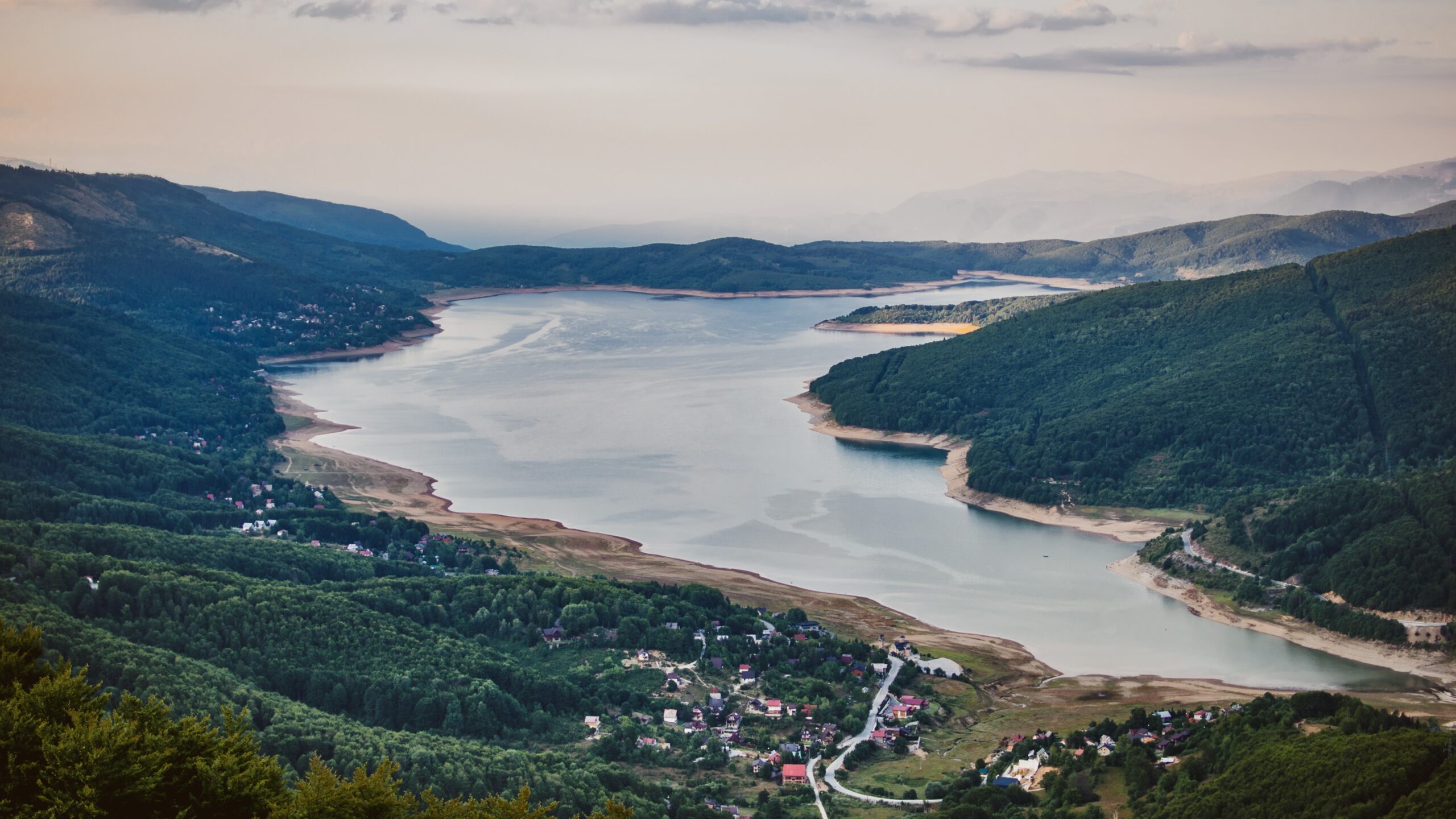As I ride the train towards the mountain lake Lac de Joux, in the middle of the Swiss Jura, I already have a fantastic view of the jagged peaks so characteristic of this mountain range. Once at the destination, it only gets more beautiful: the lake, which is above 1,000 metres, glistens in the sun while surrounded by green forested mountains. Cycling in Vaud, beautifully diverse!
Photos and text: Merlijn Spenkelink, Alain Rumpf

Tour de France
No wonder the Tour de France passes here on 9 July for the eighth stage, which finishes in Lausanne, Switzerland. The first stage of the Swiss duel in this year's Tour. The start of this stage is still in France, but via a short passage through the Jura, the course enters Switzerland. From the beautiful mountain lake, we explore the last 50 kilometres of this stage with our Swiss guide Alain Rumpf.
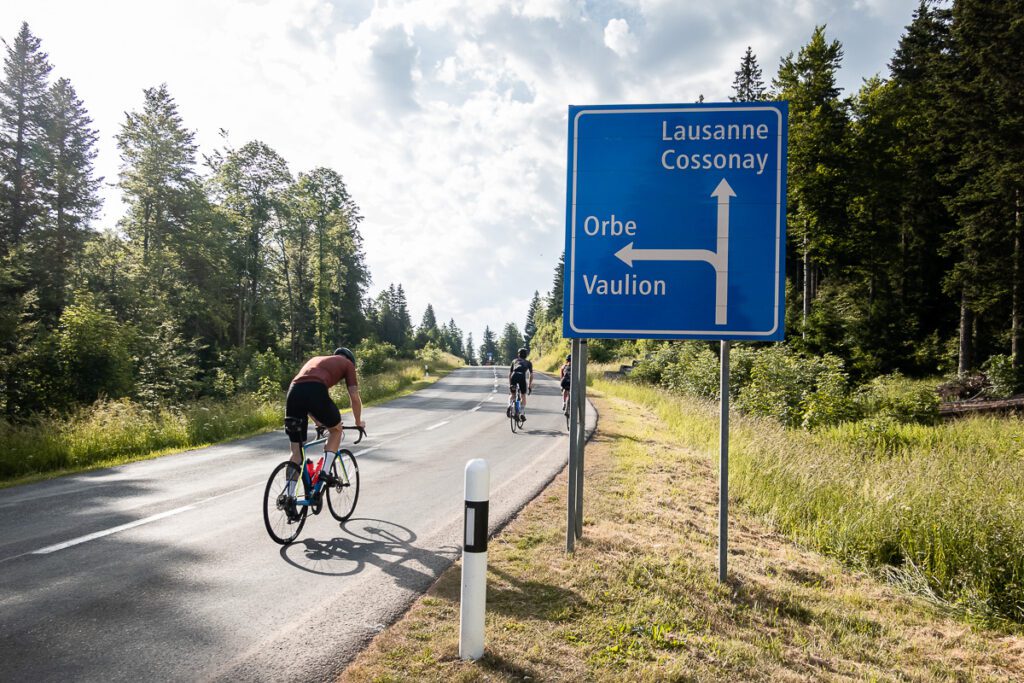

From the Lac de Joux there is no time to warm up; we start immediately on the Col de Pétra Félix. Although it is a real col it does not represent much from this side: 6.7% for just two kilometres fortunately doesn't really hurt the legs. From there a long descent follows towards Lac Léman, Lake Geneva, one of the largest lakes in Europe. The first part of the descent is fast, clear and non-technical. Perfect for releasing the brakes and diving down at full speed. At the foot of the Jura, we make the transition to the Swiss plateau, where we calmly continue our descent through a beautiful rolling agricultural landscape. Fields full of golden corn, small beautiful villages and old farms form the backdrop for the final part of this Tour stage. No doubt the directors are going to love this!
Fresh asphalt
As you probably understand, it is important for the Tour that the roads are in good shape. Bad, bumpy asphalt may not be a disaster if you are cycling alone, but in a large peloton it can be quite dangerous. In practice, that often means resurfacing large stretches of road, and that is the case here too. Especially in the many small villages we ride through, there is smooth, recently laid asphalt, which of course is great to ride on. And it is not just the Tour that is happy about this: the locals are often only too happy that the road is getting a major overhaul.
Lausanne
Once arrived at Lac Léman, another 10 or so practically flat kilometres follow towards Lausanne. A beautiful hilly student city, which is also home to the International Olympic Committee. A short diversions takes us past the IOC headquarters, before starting the final climb. But not before refuelling with a Carac: a typical Swiss pastry with a bright green colour. The soft chocolate filling turns out to be the perfect fuel, as we fly up the final climb. We drive up almost through the centre on and wide road, sometimes snaking through cars and other traffic.
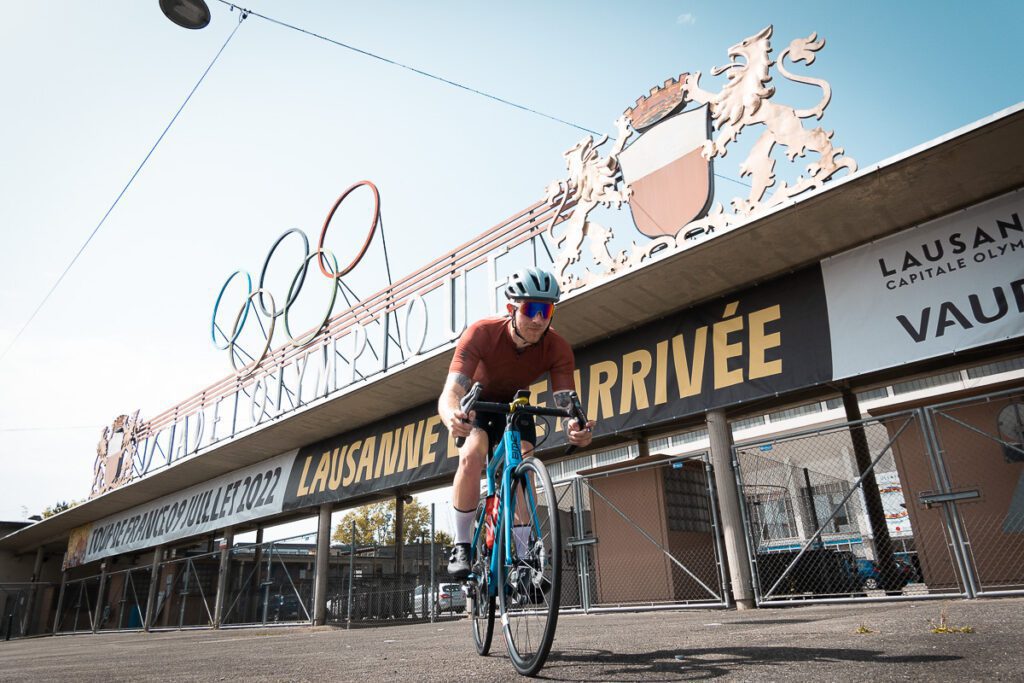
After a technical section with some tricky curves, we come to a short flat section where we can recover a bit, to accelerate again in the last kilometre and a half to the finish. About a kilometre from the finish is the steepest part: here the road surface rises well above ten percent for quite some time. Is this where the battle for the stage will be decided? After this, the climb slowly flattens out, and with the old Olympic stadium in the background, the finish is in a beautiful place. Is this going to be the ultimate battle between Mathieu van der Poel and Wout van Aert?
Olympic Museum
The International Olympic Committee is based in Lausanne. That is of course a good excuse to put up a beautiful Olympic Museum, including a restaurant. After a delicious lunch where you have a wide view over Lac Léman from the terrace, we dive into the museum. Here you can find everything about the Olympic Games. From the complete history to how the broadcasts work, and of course the many sports relics that the Games have produced. You'll find a hundred-year-old bobsled, for instance, as well as Fabian Cancellara's time trial helmet and the infamous Lotus time trial bike that Chris Boardman rode.
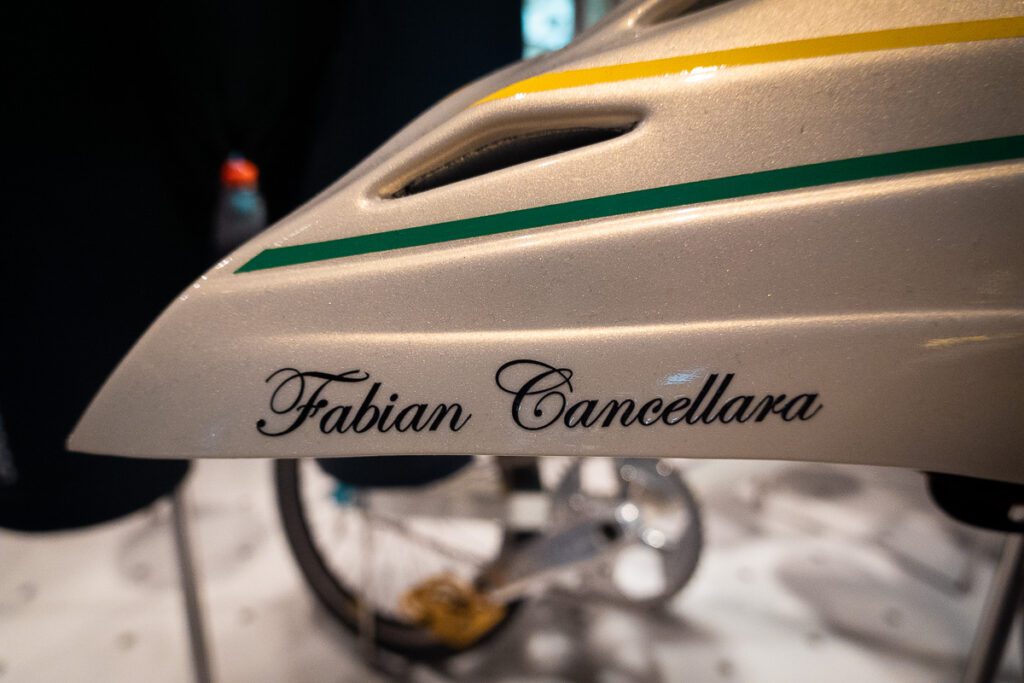

Rain
When we wake up the next morning, the weather appears to have completely changed. It is grey, rainy and a lot less warm. Secretly, we are actually quite happy about this. At over thirty degrees in the past few days, it was a bit too hot for us Dutchies. For a change, we take our time for breakfast. When it starts to clear up around ten-thirty, we get on our bikes. Today, we set course for Villars-sur-Ollon, a small mountain village where the Tour will also pass.
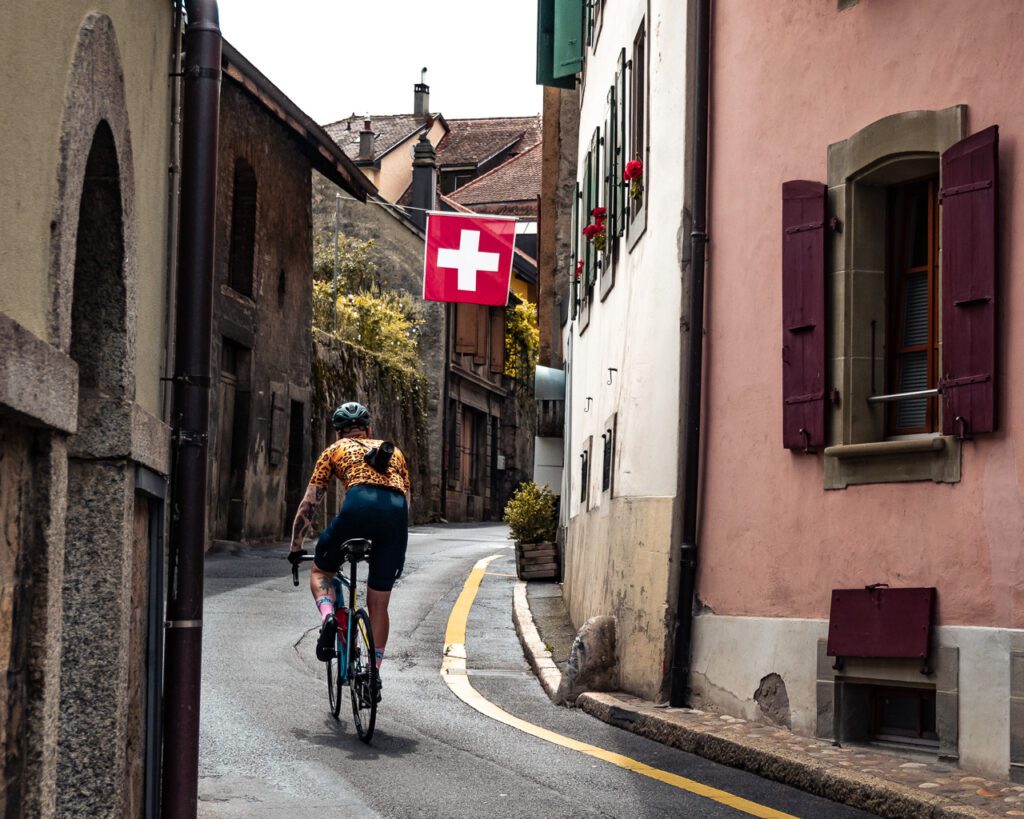
Montreux Riviera
From Lausanne, we are soon back on the Tour de France route. The road here winds through the beautiful Swiss vineyards of the Montreux Riviera. We ride up the Côte de Bellevue, the first climb in this mountain stage. And what a climb it is! Past beautiful green vineyards and through narrow streets in small villages, we get higher and higher. Lac Léman is continuously visible to our right, with the French Alps behind it. Behind us, Lausanne slowly disappears into the distance, while in front of us the Alpes Vaudoises already loom again. Where the tour route slowly heads north to climb the Col de Mosses, we ride south towards Aigle. Through the Rhône valley, we ride to our final climb: Villars-sur-Ollon is some 850 metres higher.

Cooling
But first, a bit of moping through the valley. Flat roads and a nice tailwind make sure we can keep up the pace. With crosswinds, we give our Swiss friends a short lesson in fan riding. This is something they have less experience with in Switzerland.
The mercury is rising fast again today. We seek cooling in one of the many water fountains you find everywhere in Switzerland. This is also necessary before we start the climb. You can get to this mountain village via several roads, and one of them is the famous Col de la Croix. Our guide Alain is from this region and knows the roads like the back of his hand. He takes us along beautiful quiet roads. The first part of the climb we go up via a beautiful gorge. In this deep gorge, a small tarmac road runs parallel to a river. Via narrow winding mountain roads we arrive in Gryon, home of guide Alain. From here, rolling roads take us a few kilometres to Villars. The last stretch to the hotel is still viciously uphill on fresh asphalt. Over this road, the Tour de France will descend towards Aigle, after climbing the Col de la Croix from the north.
Can't wait for the Tour de France to start either? Then read our article about the first three days in Denmark. You do here and here. More on the Tour 2022 soon and how you can be a nice part of it too.
Tour route
You can find the route associated with this region and devised by the ASO organisation in our collection on the Tour de France.

